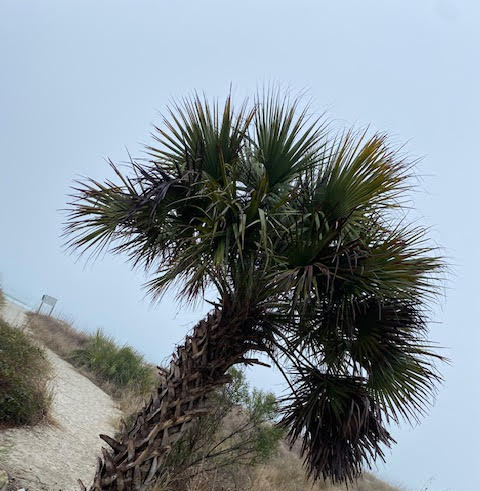
This moves us to the second type of theory identified by Argyris and Schon. This is the Theory-In-Use—a theory that guides the way in which we actually operate. This is the theory that would be identified by someone who is being objective and perhaps naïve (the proverbial “person from Mars”) when observing our behavior. Many years ago, one of us [WB] was conducting a summer program that involved learners of all ages. His two children were attending this program. One day, he asked one of my young children what she had observed. His child indicated that there seemed to be a lot of time spent sitting on uncomfortable chairs just talking about stuff. “Dad, why do people spend all of their time sitting on their butts? Don’t they want to start doing something?” My child seems to have captured my pedagogical theory-in-use: people learn and somehow remain engaged when they are just sitting around and talking to one another.
For our thoughtful boss who is offering feedback to his subordinate, the theory-in-use might be: “I will provide the feedback, knowing that nothing will change; however, I can feel good about myself knowing that I provided the feedback and can use this as evidence that my subordinate will never change, even though I have offered him my candid feedback.” The caring leader may hold a more general theory-in-use that suggests: “the way in which to get people really working is to identify the current situation as a crisis and push hard for results. I am only being tough on people because of the crisis and will return to a more -kindly style of leadership once the crisis is over.”
Someone from the outside could probably figure out the theories-in-use of our boss, our leader (or me as educator), after watching them in operation for several weeks (or maybe just a couple of hours). The outside observer would note that the employee receiving feedback from the boss seems to be quite anxious when confronted by the boss and is not really paying much attention (seeking instead to identify the reason for their behavior or reason to blame someone else for poor performance). It might be even easier to identify the leader’s (or my) theory-in-use, for it is displayed in a very public place: the leader’s organization seems to always be in crisis, at least in part because the leader is always acting in an erratic and dehumanizing manner. My students and I are sitting on our derrieres and just talking—no one complains.
It is remarkable for each of us to note how “blind” we are to our theory-in-use – or how reticent we are to acknowledge that this is the theory we are actually using most of the time in our relationship with other people. Argyris and Schon have offered us valuable insights about our own behavior—though we are often unwilling to act upon these insights. It is not just that these insights are uncomfortable for us to hear and act upon. It goes much deeper than this.
Our theories-in-use are often self-fulfilling (we get what we expect). Our employee doesn’t do anything different after we offer the feedback. Our organization can legitimately be considered “in crisis.” Our students declare that they are “learning” even though not doing anything other than talking. This justifies our actions and reconfirms our theory-in-use. The condition in which we find ourselves and upon which we base our actions is “real” – but we are not being “realistic” (or honest) about our own complicity in bringing about these conditions.
Download Article
















